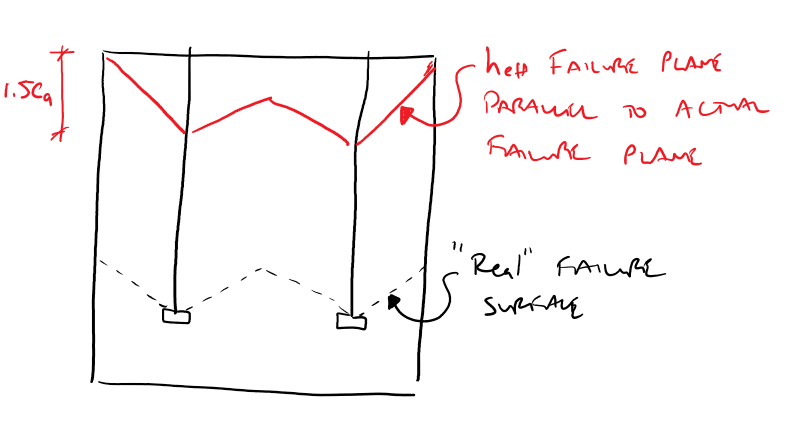Per ACI 318-11 part D.5.2.3: Where anchors are located less than 1.5 hef from three or more edges, the value of hef for calculation of Anc in D.5.2.1 and equations D-3 thru D-10 shall be the larger of S/3 and Ca,max/1.5. S=max spacing between anchors in the group. Ca,max is defined in chapter 2 as the maximum distance from center of an anchor to the edge of concrete. If the concrete pier is 30" x 30" and there are 4 anchors spaced at 14"c/c in a square pattern, the basic edge distance (say Ca1) is 8". But what is Ca,max in this case? The actual maximum distance from an anchor to the "far" edge is 22", so Ca,max/1.5 = 14.67 which is greater than S/3 = 4.67.
I sort of intuitively know that Ca,max can't be 22", but is subject to interpretation. In this case our planned anchor depth was 17.25" so clearly the anchors would be less than 1.5 hef (=25.88") from three or more edges.
Anybody want to weigh in? Thanks!
I sort of intuitively know that Ca,max can't be 22", but is subject to interpretation. In this case our planned anchor depth was 17.25" so clearly the anchors would be less than 1.5 hef (=25.88") from three or more edges.
Anybody want to weigh in? Thanks!

